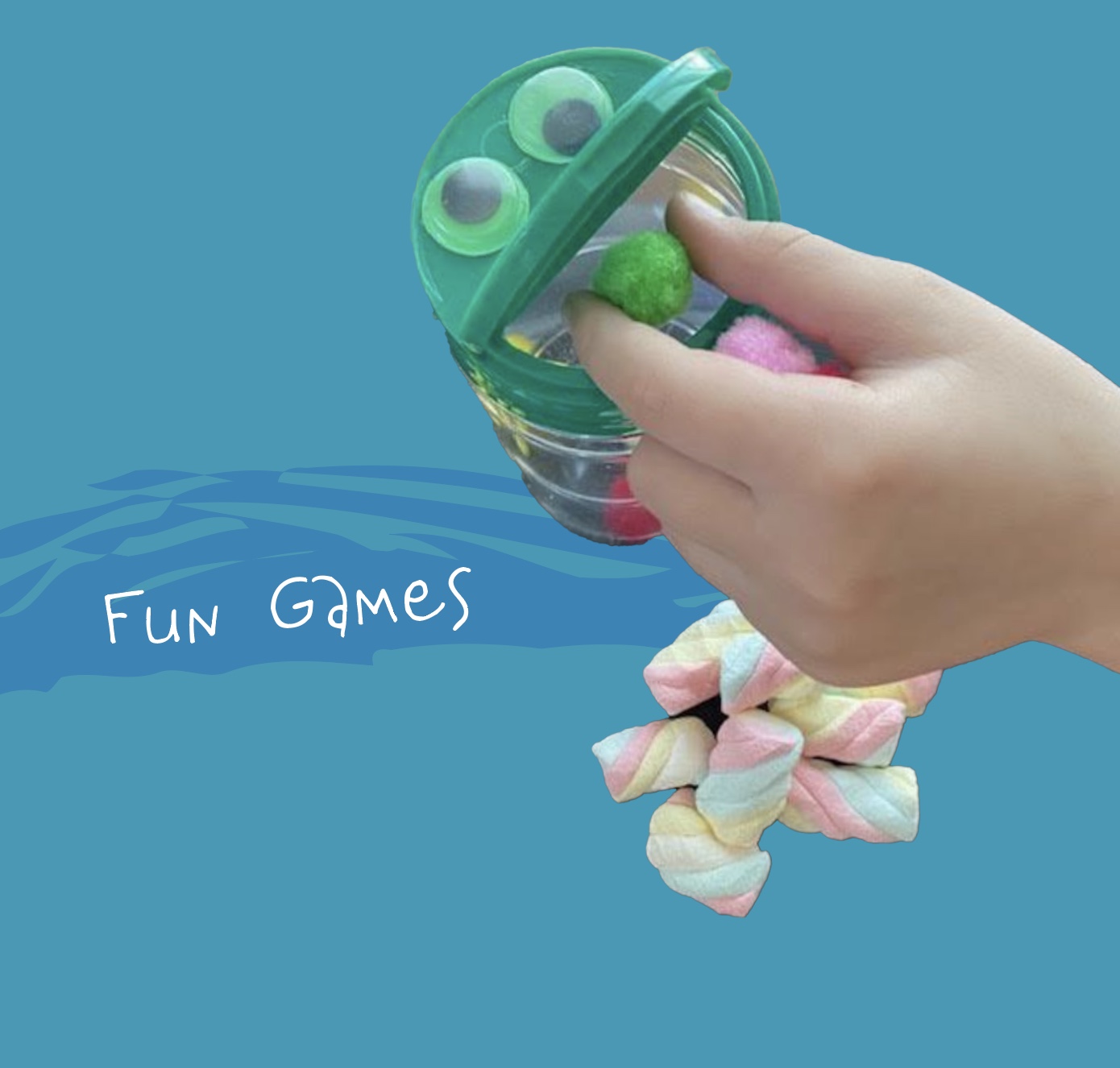By Anahit Grigoryan, OTR/L
What are fine motor skills?
Fine motor skills involve the small muscles of the hands, wrists, and fingers. Children need to develop fine motor skills to be able to complete everyday activities such as
- brushing their teeth
- self-feeding
- writing/drawing
- getting dressed
- tying shoelaces
- typing on a keyboard
Children begin to develop fine motor skills from infancy, and we can help support this development through many fun activities!
- Theraputty- hiding objects in theraputty and having the toddler take them out
- Clothespins- picking up objects (e.g., cotton balls) using a clothespin
- Legos- building with legos and pulling them apart
- Cotton swab- painting with a cotton stab
Below you will find 2 activities that target specific fine motor skills (including materials and directions).
Pincer Grasp
Materials: Theraputty, googly eyes, toothpicks, uncooked bucatini pasta noodles, and uncooked rotini pasta noodles
Directions: Create a “friendly monster” using the materials. Have children use a pincer grasp to place the pasta noodles and/or toothpicks in the theraputty.
Pincer grasp develops around age 9 months.
In-Hand Manipulation
Materials: Empty Parmesan container (made to look like a frog using googly eyes), small beads, marshmallows, and pompoms.
Directions: Tell child that Froggy is really hungry, and we have to feed it. Grab a handful of pompoms and demonstrate how to place the pompoms one by one inside the frog’s mouth. The smaller the object being fed to Froggy, the harder it is!
Finger to palm translation develops around age 2-2.5 years old.
It’s important to support our children in developing fine motor skills so that they are able to participate better in everyday activities. We can target fine motor skills using fun games that our toddlers will love to play! These are just a few examples. For more ideas, check out “fine motor activities” on Pinterest!
Get creative, get messy, and have fun!






